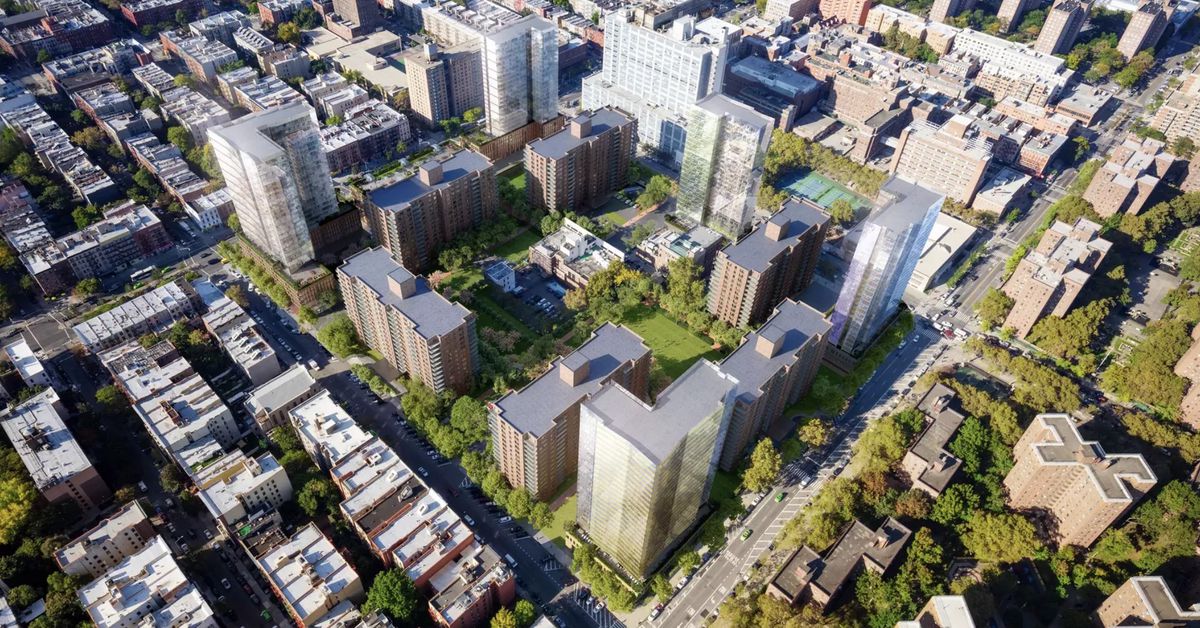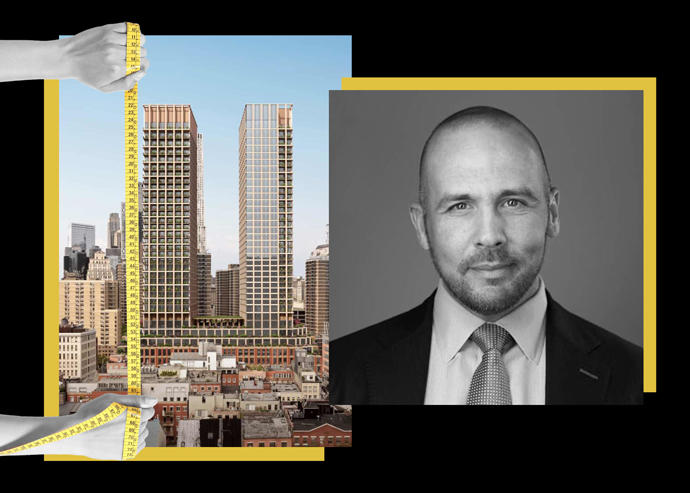Judge ruled 200 Amsterdam couldn't use partial tax lots to get FAR and orders already DOB approved and constructed floors removed:

 www.cnn.com
www.cnn.com
Another judge rules against developers of 4 projects in Two Bridges neighborhood:

 gothamist.com
gothamist.com
City Council subcommittee rejects infill towers in East Harlem:

 ny.curbed.com
ny.curbed.com
We have already heard grumblings from some major New York developers about pulling up stakes and going elsewhere:

 www.usposts.net
www.usposts.net
After these recent events which direction are we headed?

New York judge orders developer to cut floors from residential tower | CNN
A Manhattan developer must cut floors from its building, a New York Supreme Court judge ruled Thursday.
Another judge rules against developers of 4 projects in Two Bridges neighborhood:

Judge Sides With LES Groups In Fight Against High-Rise Towers In Two Bridges
Community groups are using the latest rulings to push for efforts to rezone the neighborhood altogether.
City Council subcommittee rejects infill towers in East Harlem:

Harlem’s Lenox Terrace redevelopment rejected by City Council committee
The vote foreshadows the project’s rejection by the full City Council.
 ny.curbed.com
ny.curbed.com
We have already heard grumblings from some major New York developers about pulling up stakes and going elsewhere:

Fed up: Major landlords consider exiting New York – USA Posts
After these recent events which direction are we headed?






